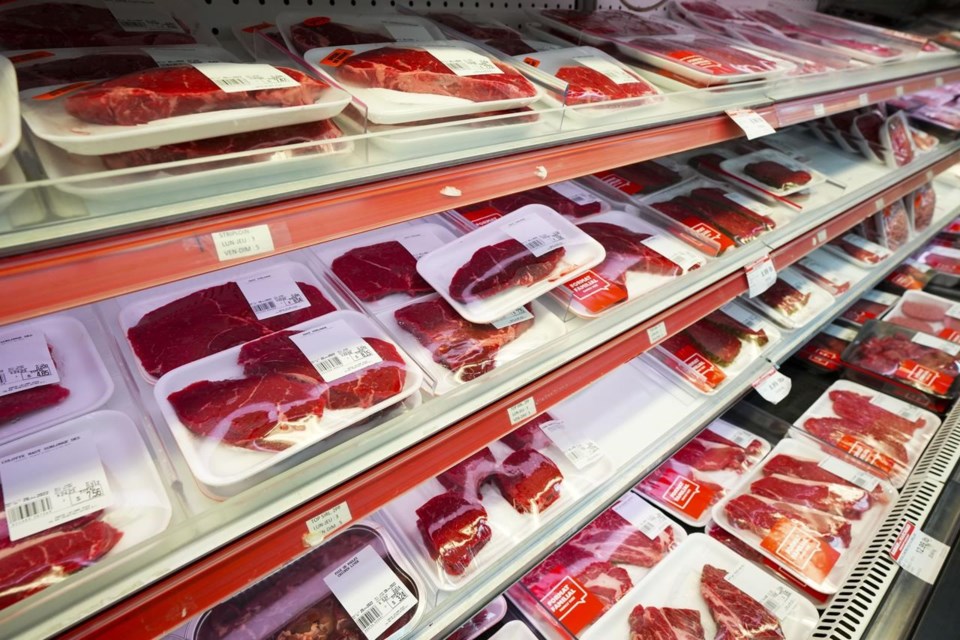Food inflation may be down from its highs, but prices at the grocery store are still significantly higher than they were just a few years ago.
Statistics Canada reminded consumers that grocery prices are up 21.4 per cent compared with three years earlier, even as it reported that food prices were one of the main factors driving inflation lower in April.
The agency reported that inflation on groceries was just 1.4 per cent in April.
Cooling inflation on products like meat, fruit, seafood and non-alcoholic beverages helped overall inflation tick lower to 2.7 per cent, down from 2.9 per cent in April.
However, slowing inflation doesn't mean the price growth of the past several years is being erased.
Between April 2021 and April 2024, grocery prices have increased 21.4 per cent, Statistics Canada said.
Consumers are still grappling with that significant increase, said RBC analyst Irene Nattel in a note.
Because of that, shoppers will likely continue to seek out lower prices through discount stores, promotions and private-label products, she said.
Higher food prices have led many shoppers to change their habits, going to discount stores for groceries and seeking out sales or store-brand products. Canada's largest grocers have been responding by increasing their discount footprints across the country in an effort to meet the demand.
Prices on some food products decreased year over year, such as seafood, bread, fresh fruit and margarine, according to Statistics Canada. Meanwhile, some other food products saw double-digit price increases, such as sugar and syrup, grapes, carrots and onions.
Inflation on restaurant prices also eased in April, growing by 4.3 per cent compared with 5.1 per cent in March. Price growth at restaurants has been outpacing grocery inflation in recent months.
Political and public pressure on the major grocers has been mounting as consumers grapple with the effect of higher food prices. The government has called on the grocers to do their part in stabilizing prices, and this month a group of consumers say they are boycotting Loblaw-owned stores.
Inflation has also led to higher levels of food insecurity in Canada. In 2022, 18 per cent of families in Canada reported experiencing food insecurity within the previous 12 months, up from 16 per cent of families in 2021.
Market watchers are eyeing June for a potential interest rate cut from the Bank of Canada as inflation continues easing.
Despite several months of good news on the inflation front, June is still a "close call," said BMO chief economist Douglas Porter in a note, adding that any cuts from the Bank of Canada will be gradual.
This report by The Canadian Press was first published May 21, 2024.
Rosa Saba, The Canadian Press



